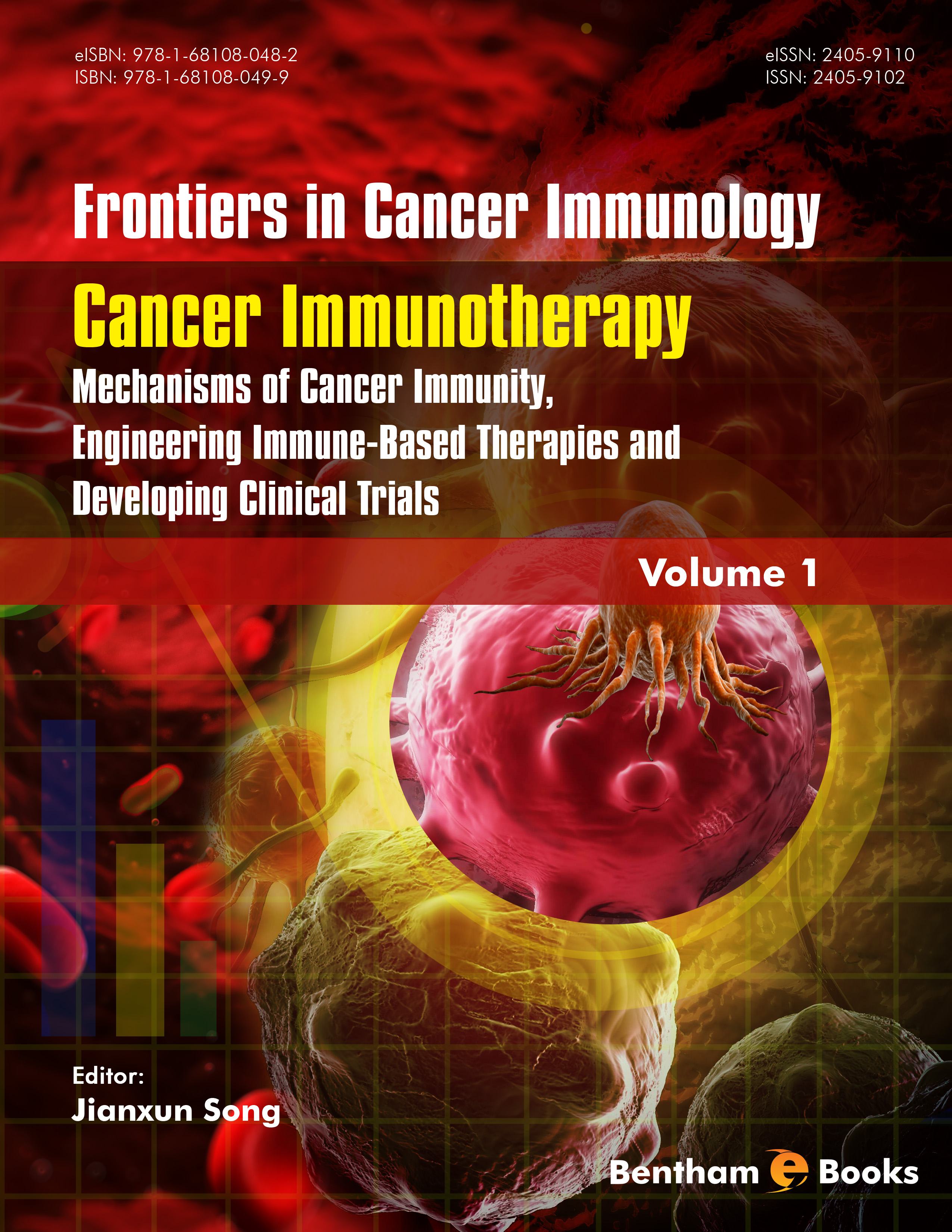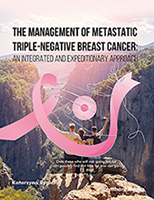Preface
Battling cancer is an all-time endeavor of both clinicians and scientists in the past several decades;
however, the patient outcomes have not been significantly improved with those efforts, which urge
people to find new strategies to change the status quo. In recent years, in the awareness that the
human immune system has its intrinsic mechanism to control microbial pathogens and
dysfunctioned self-tissues, therefore, people started to conceive the idea of treating cancer by
using the immune mechanism that shortly has become a major research field coined as cancer
immunotherapy. After gaining solid evidences in recent years that immunotherapy has critically
enhanced the prognoses of cancer patients, it acclaimed a wider recognition from the society, for
instances, it has been named the 2013 Science’s Breakthrough of the Year. Of note, at this cheerful
moment, it is a great pleasure and honor for us to provide our understandings and perspectives in
cancer immunotherapy by presenting this book to our respected audiences. We hope this book will
help audiences comprehend the concept and mechanistic studies involved in this emerging but
booming subject of cancer immunotherapy.
The key feature of this book is it attempts to summarize different approaches have been studied
and used in cancer immunotherapy based on the different components of human immune system.
The book lists the major immune system components which have been demonstrated involving in
limiting or killing tumor and their relevant applications in treating cancer patients. In addition,
general introductions of engineered as well as targeted cancer immunotherapies are also included
in this book to further broad the scope of our audiences. In summary, this book serves as a big map
trying to picture all major branches in cancer immunotherapy; meanwhile, it also tries to pull
different information together to give our audiences a general impression of utilizing components
of the immune system in treating cancer.
In terms of the organization of this book, first of all, in the opening section of this book, it briefly
summarizes the major features of different components of human immune system then introduces
the relationships and interactions between tumor and the immune system. Later on, it focuses on
the immunity of different immune components that against tumor and their relevant applications in
clinics. The second section emphasizes on the cancer immunotherapy by using engineered
components of the immune system to treat cancer, such as engineered antibodies, T cell receptors
and cytokines. Following this, the concluding section of this book puts some outlooks on the
emerging studies in designing of potential new cancer therapies, for example, targeting
costimulatory signals in controlling T cell function; applying stem cell as a novel source of T cells
in treating cancer; restraining aberrant regulatory T cells in cancer patients, and modulating tumor
microenvironment to minimize its suppressive effects on anti-cancer immunity.
Hopefully, this book series will provide an introductory description about this complex concept of
cancer immunotherapy. For the best comprehension and use of the knowledge and insights this
book provides, readers are highly recommended to read the references listed at the end of each
chapter and browse up-to-date literatures on specific topic readers are interested in. Also, we
acknowledge that it is merely possible to cover all detailed information about this fast-growing
specialty of cancer immunotherapy in this book through our limited efforts, therefore, we sincerely encourage our readers to keep searching the most updated literature and we believe this is the most
efficient approach to capture the essences in cancer immunotherapy.
Jianxun Song
Department of Microbiology and Immunology
The Pennsylvania State University College of Medicine
Hershey, PA 17033
USA





